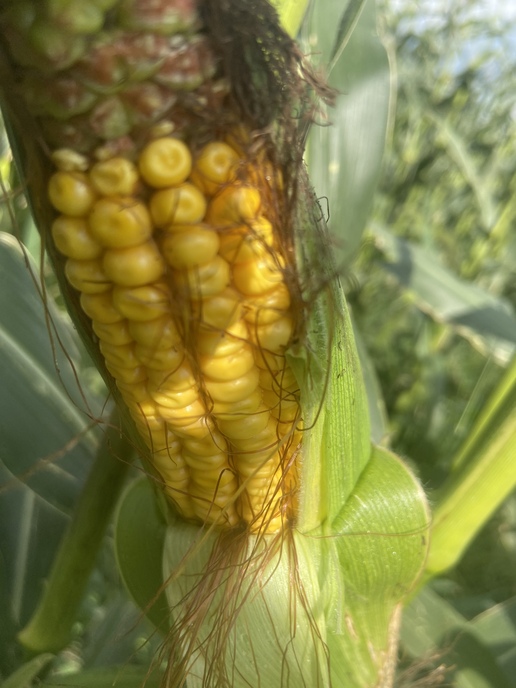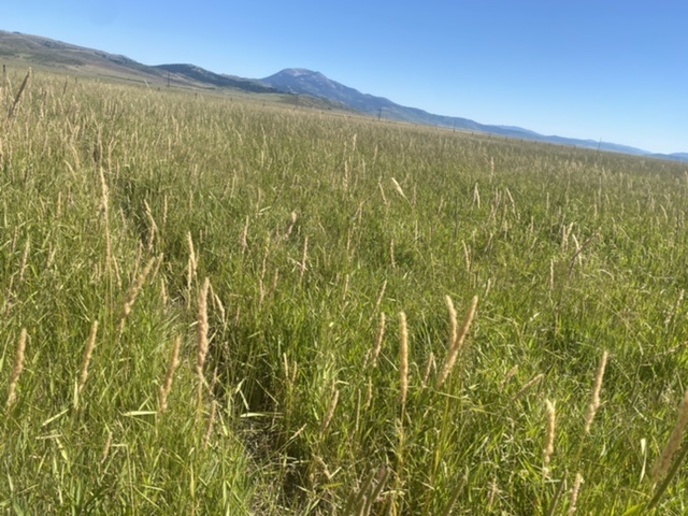jon f mn
Well-known Member
Just wondering how your crops are? Oats is off and straw is
done, both disappointing but not terrible. First crop hay was
poor, second was better, third looks good. Corn looks good
and is denting.

Most of the summer was borderline dry, but we got 4" in the
last week and more before that, so water is sitting again. Not
terrible wet yet but will be if it keeps up.
done, both disappointing but not terrible. First crop hay was
poor, second was better, third looks good. Corn looks good
and is denting.

Most of the summer was borderline dry, but we got 4" in the
last week and more before that, so water is sitting again. Not
terrible wet yet but will be if it keeps up.


